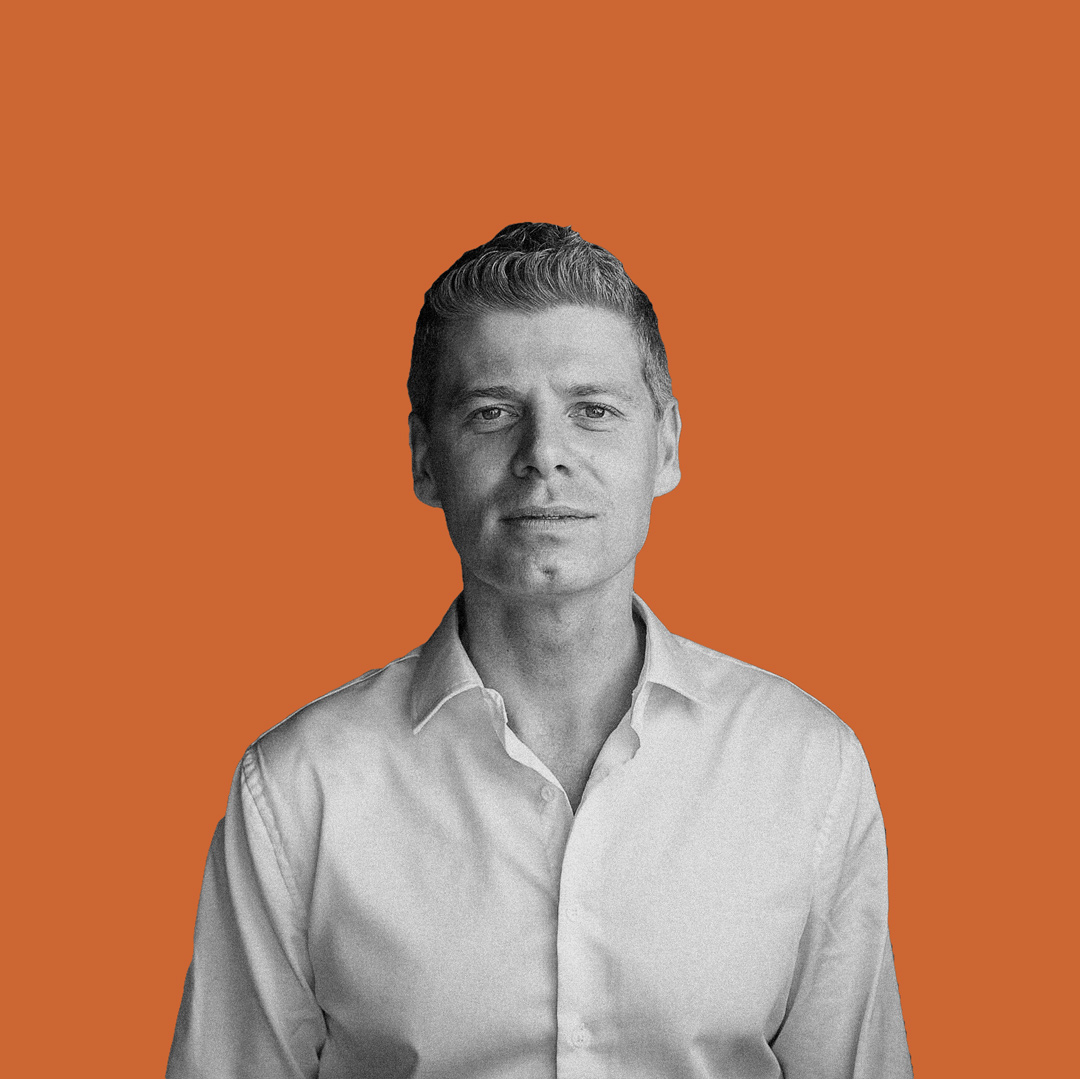Stefan Al
Architect, urbanist and professor at Columbia University
Complete testimony
| Min. 16:57 | When we think of infrastructure, like gray infrastructure, it only has one purpose. So you think about a seawall, it can only block, or a concrete pipe can only move water. But if you have the green infrastructure solution, like a dune, it becomes much more than that. It becomes part of the landscape, it can become a public space that people can enjoy and walk through, it becomes an opportunity for ecosystems to thrive.
Stefan Al
Architect, urbanist and professor at Columbia University
| Min. 17:30 | The border between the ocean and land is extremely fertile for ecosystems. So, if you turn that into the gray border, they have no chance of surviving, but if you turn it into a green edge, there's lots of opportunity for different species to thrive. [In] New York, instead of concrete pavers, there are custom-built or custom-cast stones that are designed in such a way that they can accommodate the oyster population. And oysters are wonderful for harbors because they clean the water. So they help purify the water and, at the same time, people in New York really love oysters to eat, so it stimulates the economy. And they use it as an educational tool. So school children, they go there and see how you know oysters are grown, and how they're how they're being harvested.
Stefan Al
Architect, urbanist and professor at Columbia University
| Min. 42:33 | I would instantly change the process from kind of this single-focus, single-disciplinary kind of engineering, a hard approach to something that is multidisciplinary, multistakeholder, a collaborative approach that looks at the opportunity holistically. [...] It pays off to improve the process and to get various viewpoints, and see how this infrastructure could have more than one benefit, rather than this very single focus, this narrow-minded way of building infrastructure.
Stefan Al
Architect, urbanist and professor at Columbia University
| Min. 45:13 | Even if the institutions are not formed around the holistic approach, you can still begin small. Organize a competition or some other type of event in which you bring people around the table to discuss things collaboratively, conduct charrettes in which common visions are being formed, and try to get to more long-term, and more sustainable and holistic solutions.
Stefan Al
Architect, urbanist and professor at Columbia University
Bio
As a Dutch architect and urban designer based in New York, Stefan Al works on the design of mixed-use developments, master plans, and high-rise towers across the world. He has focused on pressing issues related to designing large-scale projects within the contemporary city, including high-density, sustainable mobility, and urban resilience. In this work, he is able to draw from his extensive research and eight books which have been widely acclaimed including by the Wall Street Journal, Architectural Record, The Times and NPR. In addition to his work as a practicing architect, he served as a TED Resident, a professor at various institutions such as Virginia Tech and Columbia University, and an advisor to various city governments, including Hong Kong.
